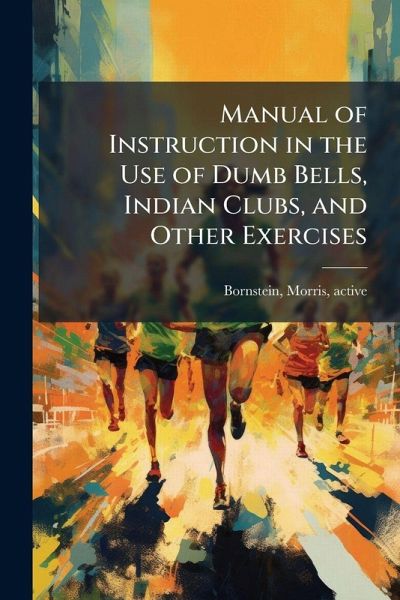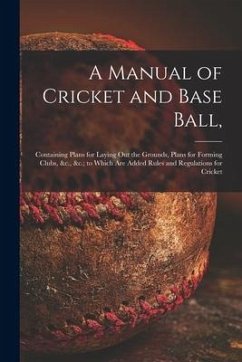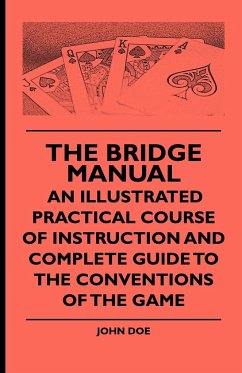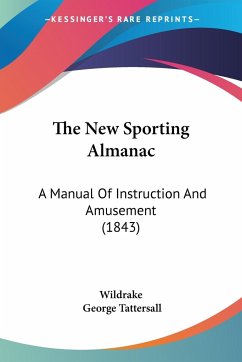
Manual of Instruction in the Use of Dumb Bells, Indian Clubs, and Other Exercises
Versandkostenfrei!
Versandfertig in über 4 Wochen
17,99 €
inkl. MwSt.

PAYBACK Punkte
9 °P sammeln!
Manual of Instruction in the Use of Dumb Bells, Indian Clubs, and Other Exercises, by Morris Bornstein, offers a fascinating glimpse into late 19th-century fitness practices. Published in 1889, this manual provides detailed instructions and illustrations for utilizing now-uncommon exercise equipment like Indian clubs, alongside the more familiar dumbbells. The book emphasizes a holistic approach to physical culture, advocating for regular exercise to improve strength, agility, and overall well-being. Bornstein's work is valuable not only as a practical guide to historical exercise techniques b...
Manual of Instruction in the Use of Dumb Bells, Indian Clubs, and Other Exercises, by Morris Bornstein, offers a fascinating glimpse into late 19th-century fitness practices. Published in 1889, this manual provides detailed instructions and illustrations for utilizing now-uncommon exercise equipment like Indian clubs, alongside the more familiar dumbbells. The book emphasizes a holistic approach to physical culture, advocating for regular exercise to improve strength, agility, and overall well-being. Bornstein's work is valuable not only as a practical guide to historical exercise techniques but also as a social document, reflecting the Victorian era's growing interest in physical health and self-improvement. Readers interested in the history of fitness, early exercise regimens, or Victorian social history will find this manual an engaging and informative resource. This work has been selected by scholars as being culturally important, and is part of the knowledge base of civilization as we know it. This work was reproduced from the original artifact, and remains as true to the original work as possible. Therefore, you will see the original copyright references, library stamps (as most of these works have been housed in our most important libraries around the world), and other notations in the work. This work is in the public domain in the United States of America, and possibly other nations. Within the United States, you may freely copy and distribute this work, as no entity (individual or corporate) has a copyright on the body of the work. As a reproduction of a historical artifact, this work may contain missing or blurred pages, poor pictures, errant marks, etc. Scholars believe, and we concur, that this work is important enough to be preserved, reproduced, and made generally available to the public. We appreciate your support of the preservation process, and thank you for being an important part of keeping this knowledge alive and relevant.












